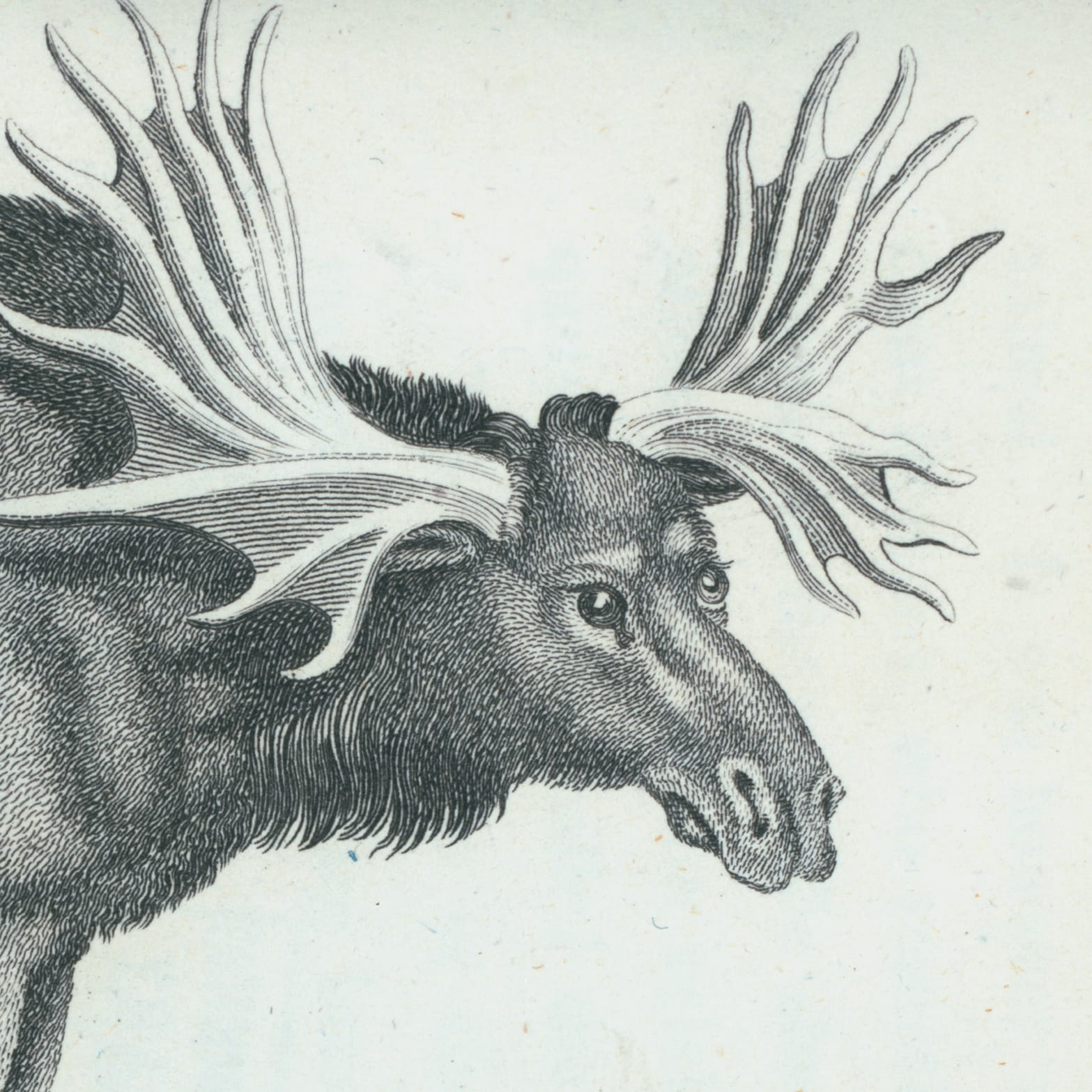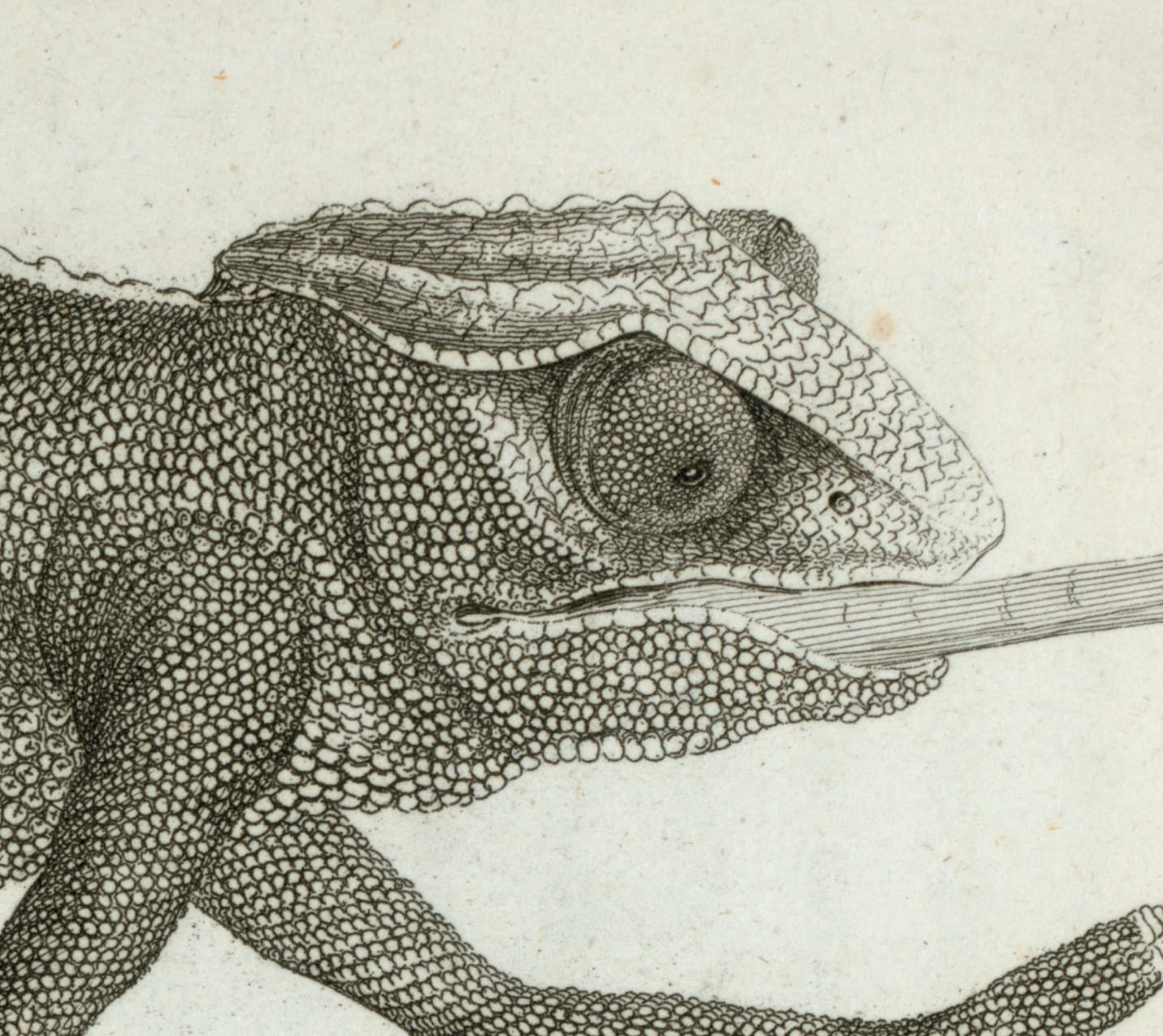We woke up into a nightmare last Wednesday with Donald Trump being declared the winner of the presidential race. But while we know what candidate Trump has said he'll do, we don't know what President Trump will actually do, although his initial appointments are quite alarming.
On Sunday, December 13, 1981, I woke up into a nightmare that was as bad or even worse than what we fear Trump might do. The first thing I heard was the sound of tanks rumbling down a snow-covered boulevard near my apartment building in Warsaw, Poland.
Poland's communist leader Gen. Wojciech Jaruzelski had gone on the air at 6 a.m. to declare martial law to crush the Solidarity free trade union. Jaruzelski had installed himself as the head of a junta known as the Military Council of National Salvation which held absolute power.
Overnight, security forces had detained more than 6,000 Solidarity activists and supporters, including union leader Lech Walesa. About 80,000 soldiers and 60,000 police militiamen and secret policemen were deployed to carry out the operation. The junta imposed a dusk-to-dawn curfew with soldiers armed with AK-47s patrolling the snow-covered streets to enforce it.
At the time, I was just beginning my journalism career and working as a stringer for several U.S. and British publications. I was at the Lenin Shipyard in Gdansk in August 1980 when a workers' strike led to an unprecedented agreement with the communist government creating Solidarnosc, the first independent trade union in the Soviet bloc.
By September 1981, when Solidarity held its first national congress, membership had peaked at 10 million. But Soviet leader Leonid Brezhnev, who had ordered the invasion of Afghanistan just two years earlier, was growing increasingly alarmed.
I had gotten married that same month to a Polish woman who was an assistant professor working on her Ph.D. in the psychology department of the University of Warsaw.
We had moved up our wedding date because of the growing sense of fear that a Soviet-led invasion of Poland was imminent which would result in a bloodbath. That's what had occurred in Hungary (1956) and Czechoslovakia (1968) to crush previous liberalization movements.
We went to the Netherlands for our honeymoon, where my wife stayed because she had received a three-month fellowship at Tilburg University. I returned to Poland to resume work, and in our first year of marriage we only saw each other again for about 10 days. That's because she remained in Tilburg after Dec. 13.
As the Soviet Union and its hard-line allies in East Germany and Czechoslovakia ramped up the threats, Poland's communist leaders decided to launch their own military crackdown.
Even before the junta took over, all the provincial governors and local officials were members of the ruling communist party. There were no opposition deputies in the Sejm, or parliament. The judiciary did the authorities' bidding. And the regime controlled the press, radio and television. Only now military courts were handing out sentences and censorship was even tighter.
The only counterweight was the Roman Catholic Church, headed by Pope John Paul II. His June 1979 pilgrimage to Poland drew crowds in the millions and inspired a collective sense of joy and hope that served as catalyst for the emergence of Solidarity the following year.
When martial law was declared, Poland was cut off from the rest of the world. There was a ban on travel by Poles. You couldn't make an international call. The telexes that journalists relied on to file stories went dead. The government press center had working telex machines, but stories filed there were subject to censorship.
In the ensuing days, workers barricaded themselves inside their workplaces and went on strike, but security forces used tanks to ram through the gates or walls, and the ZOMO paramilitary police used tear gas, water cannons and clubs to brutally suppress the workers.
During the "pacification" of a strike at the Wujek coal mine in the southern city of Katowice, the militiamen opened fire on the striking miners, killing nine people and wounding dozens more in the bloodiest episode of the martial law crackdown. The last occupational strike – led underground by hundreds of miners at the Piast mine – ended on Dec. 28. More than 90 people were killed in the initial crackdown.
The authorities intimidated people with warnings that contacts with foreigners, including Western journalists, could result in criminal charges and imprisonment. People were beaten and even arrested for the slightest public display of opposition such as praying by a cross of flowers put up in a main square in Warsaw as a memorial to the slain Wujek miners.
A Polish journalist who was a friend of my wife's family committed suicide by jumping out of a hospital window where he was being treated for depression. And that was not the only case.
The military regime began a purge of anyone suspected of support for Solidarity activities in government, the news media, schools and universities, and other key institutions.
But Warsaw region Solidarity leader Zbigniew Bujak and other activists who had eluded capture in the initial dragnet went into hiding and formed an elaborate Fighting Solidarity underground that organized protests and distributed newspapers and leaflets.
Initially, these underground publications were the work of hundreds of volunteers who painstakingly re-typed information bulletins using carbon paper to make copies to distribute, including to Western journalists such as myself.
But if you could describe the national mood that month, it is much like what most of us are experiencing today after Trump's election – depression, despair, and fear about what's to come.
But why am I writing about events that occurred more than 40 years ago? It's because there is a sequel I plan to write with lessons for today about struggle, courage and solidarity against those who would suppress our rights. As the slogan goes, "When we fight, we win." And we have just begun to fight.
That December in Poland there was every reason to abandon hope. But in 1989, Solidarity was legalized again. And Poland emerged as the first free state in the totalitarian Soviet bloc. Then the Berlin Wall came down, and communist regimes collapsed across Eastern Europe.
Just 10 years later, in December 1991, Lech Walesa was the president of Poland after winning a landslide victory in the country's first free presidential election since 1926. And that same month, the Soviet Union dissolved and its former republics became 15 independent countries.
The website Polska Kultura wrote this about the martial law period which lasted from December 1981 to July 1983.
The era of martial law in Poland is remembered as a time of severe repression and struggle. It represents a critical juncture in the nation’s journey towards freedom and democracy, highlighting the resilience of the Polish people in the face of authoritarianism. This period is an essential study in the complexities of political power, resistance, and the human spirit’s quest for liberty.
On the 30th anniversary of the martial law crackdown, Mark Kramer, director of the Cold War Studies Project at Harvard's Davis Center, wrote in a New York Times opinion piece:
"The nearly 40 million Poles who woke up to martial law 30 years ago could scarcely have imagined that their country would be a member of both NATO and the European Union barely two decades later."

















Comments
We want Uncharted Blue to be a welcoming and progressive space.
Before commenting, make sure you've read our Community Guidelines.